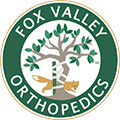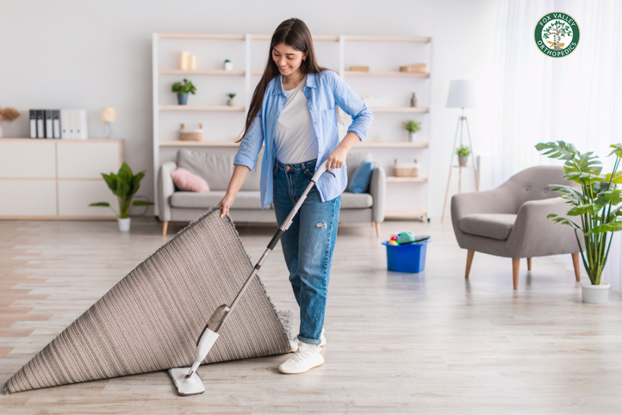“Use It or Lose It” Wins the Fight Against Osteoarthritis
- Category: General
- Posted On:

Exercise Keeps You & Your Joints Moving
When they hear the word “osteoarthritis,” some people automatically think “old age.” But arthritis is the nation’s most common cause of disability, and it can affect anyone, at anytime of life.
May is National Arthritis month, so it’s the perfect time to learn about what you can do to protect yourself against this disease. If you’re one of the twenty-one million Americans who’ve already reported feeling limited by arthritis, perhaps it’s time to get back in the game, get moving again, and win the battle against this disease.
What is osteoarthritis?
There are over a hundred types of arthritis and related conditions. The most common type, osteoarthritis (OA) is a degenerative joint disease characterized by the breakdown of the joint’s cartilage. Without cartilage as a protective buffer, the bones are left to rub against each other, causing pain, stiffness, and loss of movement in the joints.
The joints most commonly affected are those at the ends of the fingers, thumbs, neck, lower back, hips, and knees.
“While there’s no cure for osteoarthritis, there is much you can do to protect and care for your joints,” says Dr. Raheemuddin M. Nazeer, MD, a specialist in rheumatology at Fox Valley. “It may seem counter-intuitive, but movement is one of the best ways to help alleviate the pain and loss of motion associated with OA.”
Movement also helps protect joints from further cartilage loss. Think of it this way; cartilage gets its “nutrition” from joint use…and, conversely, doesn’t benefit from idleness OR lack of use.
Exercise is beneficial in managing osteoarthritis in a number of ways:
- Joint health is maintained through motion.
- Stretching can help preserve and expand the elasticity and range of motion in diseased joints, in turn relieving stiffness and pain.
- Body weight can be partly maintained through daily low impact aerobic exercise, thereby lessening stress on the joints.
- Muscles provide shock absorption properties and control impact on the spine and joints. Exercise is vital to maintaining good muscle strength.
- Aerobic exercise helps to produce endorphins, which can lessen the pain of osteoarthritis.
Finding an exercise regimen for optimum benefits and minimal risks:
Don’t fall into the downward spiral of moving less because it’s painful; eventually you will begin to lose the ability to move.
Consider a regimen of exercises that will help keep your hips and knees moving, as well as strengthen the muscles around the joints.
Avoid exercises that create impact stress to the joints such as running and jogging, jumping rope, and high-impact aerobics.
Focus on these key areas:
- Weight-bearing cardiovascular activity will keep your heart and bones strong – try cycling, swimming, or walking
- Muscle-strengthening activity will help relieve joint strain
- Flexibility and range of motion will keep your joints moving and foster good balance to prevent falls – try beginner yoga classes or tai chai
Here are some exercises you can begin doing two or three times a week, and try to work up to a daily routine or two or three sets of eight repetitions per side.
Leg swings: While holding onto a wall, gently swing your leg out to the side, alternating sides.
Leg extensions: While holding onto a wall, extend your leg gently backward, alternating legs.
Straight leg raises: While sitting in a chair, straighten one leg, and raise it straight out in front of you. Alternate legs.
Leg curls: While lying on the floor on your stomach, gently bend your heel back toward your buttocks. Keep your hips on the floor.
If you’re feeling challenged by arthritis, and/or would like some advice about how to keep moving, schedule an appointment with Dr. Nazeer: (630) 584-1400.


